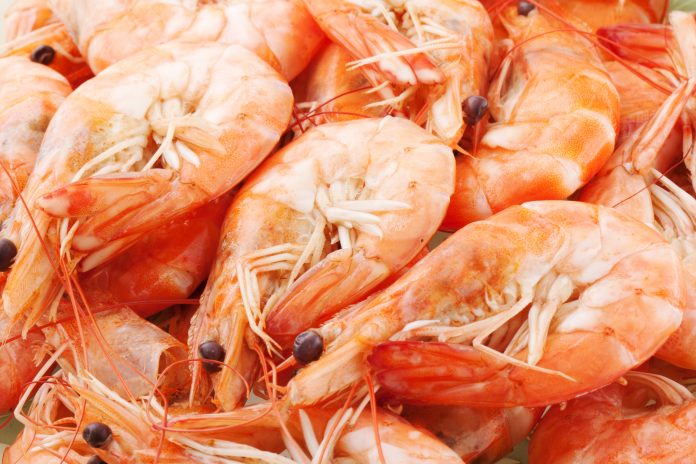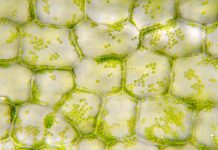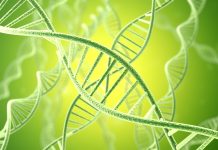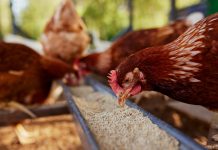Professor Charlotte Jacobsen, Senior Scientist, Ali Jafarpour, Assistant Professor, Federico Casanova & Associate Professor, Nina Gringer from the National Food Institute, Technical University of Denmark, evaluate up-cycling in the shrimp peeling industry for new, beneficial food supplements
In previous issues of this journal, we discussed how side-streams from the fish and seaweed processing industries could be utilised to produce new ingredients for the food and nutraceutical industries, such as bioactive peptides, proteins, savoury ingredients, omega-3 oils and hydrocolloids1-4. Similar to these aquatic food processing industries, the shrimp processing industry also generates large amounts of side-streams. Thus, only approximately one-third of the shrimp biomass ends up as shrimp products for human consumption.
Globally, 6-8 million tonnes of shrimp side-stream is produced per year. These side-streams are either dumped into the sea or are used for landfill or low-value products such as animal feed. In light of the increasing demand for food due to the population increase worldwide, this practice must be changed so a larger proportion of the shrimp biomass is used for human consumption.
The ReMeSS project aims to up-cycle the side-stream from the shrimp industry
The ReMeSS project was initiated in April 2021. The project aims to utilise the side-streams from the peeled shrimp production, i.e. cooking water, heads and shells, to extract molecules with bioactive and techno-functional properties for ingredients to be used in food and health food supplements, see Figure 1.
The side-stream from shrimp processing contains high-value compounds. However, despite many lab-scale pieces of research, no economically feasible upscaled production to extract more than one compound has yet been established. Within the ReMeSS project, industry and scientists collaborate to develop, on a large-scale, an optimised multi-extraction cascading process, which combines known technologies with an innovative filter press for the separation and extraction of fractions rich in collagen, calcium, flavour, protein/peptides, chitin, chitosan, lipids and astaxanthin. These fractions will then be used for subsequent development of flavour products aimed at the food industry and health beneficial food supplements for the health food industry.
We wish to optimise the final process to produce a minimal amount of side-stream, while obtaining an economically sound process for the whole value chain, and contribute to the green transition. The latter will be done by up-cycling the side-stream to valuable compounds and by applying green technologies. We will evaluate different green extraction technologies e.g. supercritical CO2 extraction, enzyme hydrolysis, ohmic heating, pulsed electric field and only apply mild chemical treatment approved for food products.
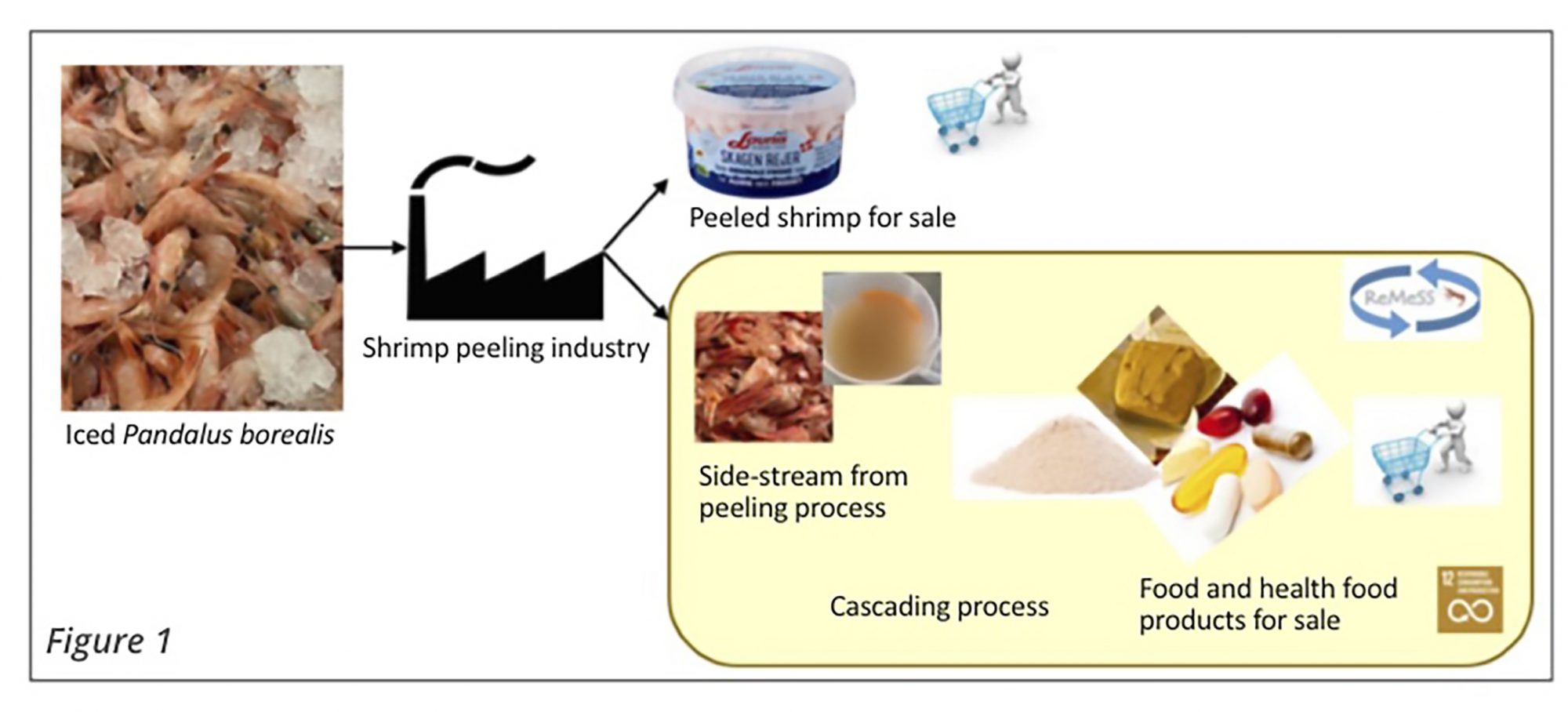
Results so far
As part of the ReMeSS project, we initially characterised the shrimp and shrimp side-streams, including head and shell, as well as the press cake and press juice after subjecting the head and shell to the filter press (100 and 300 μm mesh size). Accordingly, protein, lipid, dry matter, ash, minerals and pigments (astaxanthin) content of all samples were measured to create a road map for the adaption of a proper extraction approach. Amino acids and fatty acid profiles of all the above-mentioned samples were determined for a deeper understanding of the nutritional benefits of shrimp side-streams.
In addition, the press juices were analytically investigated to determine the profile of active and non-active flavour compounds and resulting umami taste. Results confirmed that shrimp side-stream fractions after filter press (press cake and press juice) contain considerable amounts of valuable compounds, including protein, essential amino acids, omega-3 fatty acids, astaxanthin, calcium and flavour compounds. This underlines the necessity and importance of designing a sequential extraction method based on several green technologies to extract these compounds.
Individual extraction technologies will be tested by targeting different bioactive and techno-functional compounds from shrimp side-streams by application of mild-processing and green technologies as described above. We started with the extraction of chitin and chitosan with the conventional chemical extraction method as the bench-mark method to compare the output with the selected green technologies in terms of extraction yield and efficiency. Results showed that the harsh chemical method was able to extract nearly 15% minerals, 25% chitin and only 8.5% chitosan on a dry weight basis, while using much energy in terms of heat and electricity, as well as large amounts of acid and base solutions.
Another disadvantage of this conventional chemical method is that it cannot recover astaxanthin-rich lipid, protein and peptides from the shrimp side-streams. To evaluate the use of a greener approach, enzymatic hydrolysis with the application of two enzymes (proteases) were tested to recover protein and peptides, before subjecting the shrimp side-stream to the extraction of minerals and chitin. Results showed that proteolysis of shrimp side-streams with 1% enzyme was able to recover 65-77% of the original proteins as peptides, while leaving clean shrimp shell and head residual material for further extraction.
Interestingly, by using a milder chemical method on this substrate, up to 22% minerals and 35% chitin were extracted on a dry weight basis. These numbers should be compared to the 15% minerals and 25% chitin extracted by harsh chemical extraction. This shows the advantage of using a combination of enzymatic hydrolysis and a mild chemical
extraction step to obtain several compounds from the side-stream instead of only one, and some of them even in a higher yield. Upcoming experiments will concern the further improvement of the multi-extraction approach on the press cake to include recovery of collagen as well as astaxanthin-rich oil in addition to chitin, chitosan, minerals, protein and peptides. In addition, obtaining a flavour ingredient from the pressed juice and cooking water will also be in focus.
Want to know more?
If you want to know more contact the project leader of the ReMeSS project: Nina Gringer, ngri@food.dtu.dk
Acknowledgement of funding
The ReMeSS project is funded by Innovation Fund Denmark (Project No. 0224-00073A).
References
- Jacobsen, C. Developing new solutions for better utilisation of seafood side-streams. Open Access Government Journal January 2021, p. 360. https://edition.pagesuite-professional.co.uk – html5/reader/production/default.aspx?pubname=&edid=abe4b9c2-2198-40d4-9b41-c05d7aaff94f&pnum=360
- Jacobsen, C. How proteins can be extracted from red seaweed sustainably. Open Access Government Journal, April 2021, p.374, https://edition.pagesuite-professional.co.uk/html5/reader/production/default.aspx?pubname=&edid=4bc1adac-723d-4261-a012-f8ebe5f8ad14&pnum=374
- Jacobsen, C. Starfish and discard from cod: A source of healthy omega-3 fatty acids? Open Access Government Journal, July 2021, p.432, https://edition.pagesuite-professional.co.uk/html5/reader/production/default.aspx?pubname=&edid=495ff911-c4a4-496c-97fe-cf23fe53ec66&pnum=432
- Jacobsen, C, Johnsen, H., Slizyte, R., Mozuraityte, R., Glomm, W., Molesworth, P., Yesiltas, B. Fish oil microencapsulation: Improving human health with fortified food. Open Access Government Journal, October 2021, p. 438, https://edition.pagesuite-professional.co.uk/html5/reader/production/default.aspx?pubname=&edid=eaaa2691-f2e2-4ecd-9e5e-f2985210b663&pnum=438
*This is a commercial profile.
© 2019. This work is licensed under CC-BY-NC-ND.

